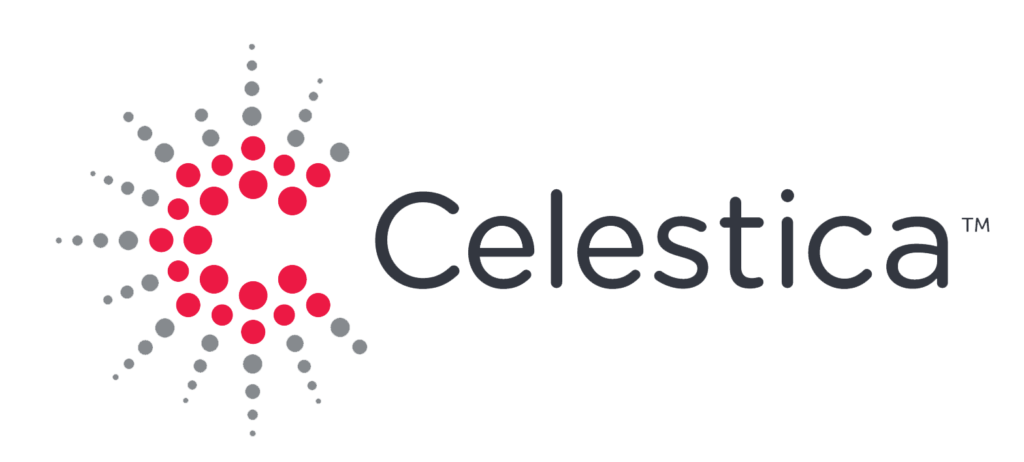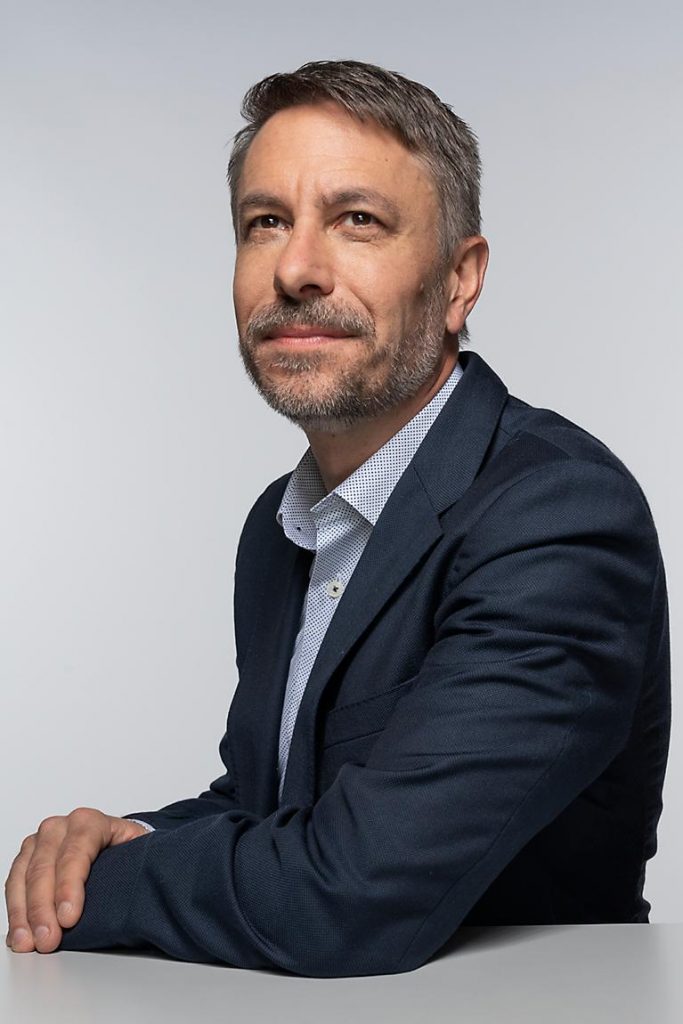Celestica International Inc.: Providers of End-to-end Product Life Cycle Solutions
Some companies are not the mainstream ones, but without them, other mainstream companies may fail. Celestica International is an example of such a company that has been enabling the world’s best brands. The company equips its clients with the simplest solutions to their most challenging problems. It is a Canadian electronics manufacturing services (EMS) company with a huge client base across the world. Celestica provides its clients full-fledged services from the ideation of the product to full-scale production and renders its support even after the launch of the product.
Celestica International Inc.
Celestica International is a Canada-based EMS company. The company came into being as the branch office of IBM in Canada, but later it became an independent company. The company headquarter is located in Toronto, Ontario. The services of Celestica include design and engineering, hardware platform solutions, after-market services, precision machining, manufacturing services, logistics and fulfillment, supply chain services, etc.

Celestica International serves clients from different categories, i.e., enterprise, communications, consumer, aerospace, defense, industrial, alternative energy as well as healthcare across the globe. As of 2018, the company’s annual revenue was US$ 6.6 billion, and 28000 employees are serving the company worldwide.
History of the Company
The history of Celestica differs from most of the technology companies a bit. In the beginning, the current office of Celestica was the Canada branch of IBM. IBM used to manufacture the metal boxes for their mainframe computers at its Canada branch. Later, in the mid-90s, IBM was transitioning from a hardware manufacturing company to a software development and service company. This led to a spin-off of the Canada branch of IBM, and Celestica was formed in 1994.
Though IBM was still owning Celestica, it was unable to focus on the company entirely. So in 1996, IBM decided to sell Celestica and started to look for potential buyers. IBM held an auction between five companies, and with a bid of $750 million for a 69% share of the company, Onex Corporation acquired Celestica International.
Going into the hands of Onex Corporation, Celestica expanded as an independent company. The company in the very next year of its acquisition, in 1997, acquired the manufacturing unit of International Computers Limited, the Design to Distribution. The same year it went to buy a major share in the manufacturing lines of Hewlett-Packard followed by the acquisition of Ascent Power Technology.
In 1998, the company had its first IPO in the EMS field, where it rose $414 million. The very IPO is known to be one of the largest technology IPOs in Canadian history. The IPO made the company turn a revenue of around $3.2 billion annually. In 2005, Celestica became the first EMS provider to win the prestigious Shingo Prize for Lean Manufacturing award.
Acquisitions and Partnerships
Celestica, starting with International Manufacturing Services (IMS), made around eight acquisitions in 1998. In the year 2000, the company partnered with Motorola for the manufacturing of wireless telecom products. The next year, Celestica had another agreement with Lucent worth up to US$10 billion as an EMS provider. The company also made its largest acquisition in Asia by acquiring the Singapore-based EMS provider Omni Industries Limited. Celestica also announced its Global Design Operation in the same year.
With the acquisition of Manufacturers’ Services Limited (MSL) in 2004, Celestica was able to reach an even more expanded customer base. In 2005, the company acquired the flat-panel display repair services provider Displaytronix, followed by the acquisition of CoreSim, a leader in advanced design analysis and redesign services. In 2008 Celestica partnered with Microsoft to develop the BEE3 platform prototypes. In 2010, the company went on to take over the AlliedPanels and Invec Solutions, followed by the acquisition of Brooks Automation in 2011 and D+H Manufacturing in 2012.
The CEO: Robert A. Mionis
Robert A. Mionis is the president and Chief Executive Officer (CEO) at Celestica. He was appointed as the CEO of the company in 2015. Before that, he was working as the President and CEO of StandardAero. Mionis started his career at General Electric (GE), followed by holding many powerful roles in companies like AlliedSignal, Axcelis Technologies, and Honeywell. Mionis has also been on the board of various companies working in different fields, including industrial, aerospace, healthcare, and automotive segments.

Yashica is a Software Engineer turned Content Writer, who loves to write on social causes and expertise in writing technical stuff. She loves to watch movies and explore new places. She believes that you need to live once before you die. So experimenting with her life and career choices, she is trying to live her life to the fullest.



